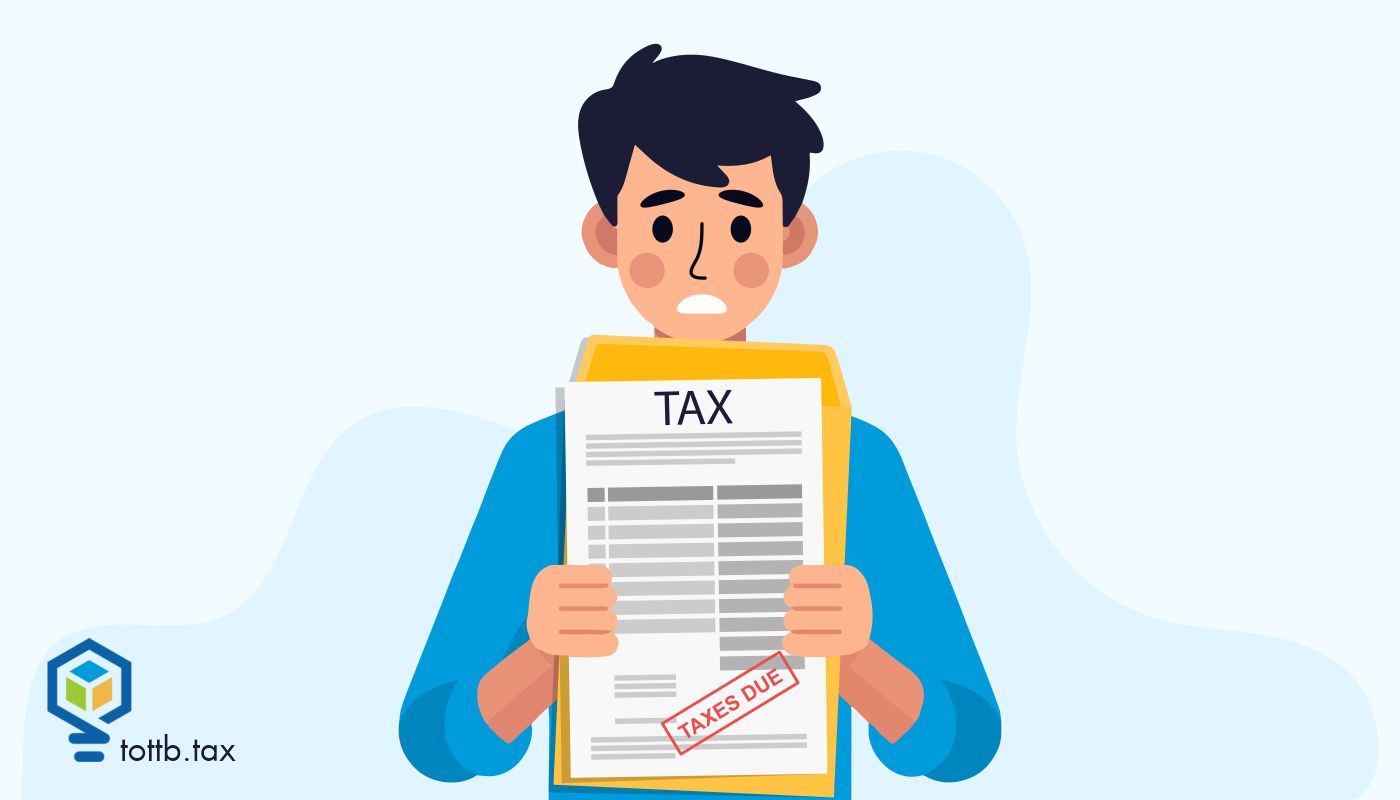Tax season is in full effect, and it is likely that you are seeing and coping with the effects of poor administrative compliance on the part of your small business clients. Instead of bemoaning the fact that so many clients “don’t get it” use some of the time you’re spending on the return to prepare a list of administrative compliance items that the client needs to address. Then, set a (paid) planning appointment for later in the year to help the client address those items. If you do this, and if the client heeds your advice, next filing season more (if not always all) of the client’s administrative compliance will be in order by the time you start preparing their returns. It’s a win-win. Your client gets the opportunity to ensure that they are meeting administrative requirements that protect them from liability or penalties. You get cleaner paperwork (and peace of mind) moving into next filing season. Read on to learn more!

Lessons Learned from the Tax Court: The Root of the Issue
When is a business really a business? As Supreme Court Justice Potter Stewart said in 1964, “I know it when I see it.” The US Tax Court, however, maintains a slightly less subjective standard. The Roots were pretty sure they were running a bona fide business; the IRS, however, didn’t share the sentiment. And since we’re reading about them in a segment called “Lessons Learned,” one should assume it did not go the way the Roots would have liked.






